How to Choose the Right Filling Machine for Your Packaging Needs
In the ever-evolving packaging industry, selecting the appropriate filling machine is paramount for enhancing operational efficiency and ensuring product quality. According to a report by Grand View Research, the global filling machine market is expected to reach USD 7.3 billion by 2027, growing at a CAGR of 4.5%. This growth highlights the increasing reliance on automated filling solutions across various sectors, including food and beverage, pharmaceuticals, and cosmetics. With the right filling machine, businesses can not only optimize their production lines but also minimize waste and reduce labor costs. As consumers demand better quality and faster delivery times, it is vital for manufacturers to invest wisely in filling technology that aligns with their specific packaging needs, ensuring both compliance and competitiveness in the marketplace.
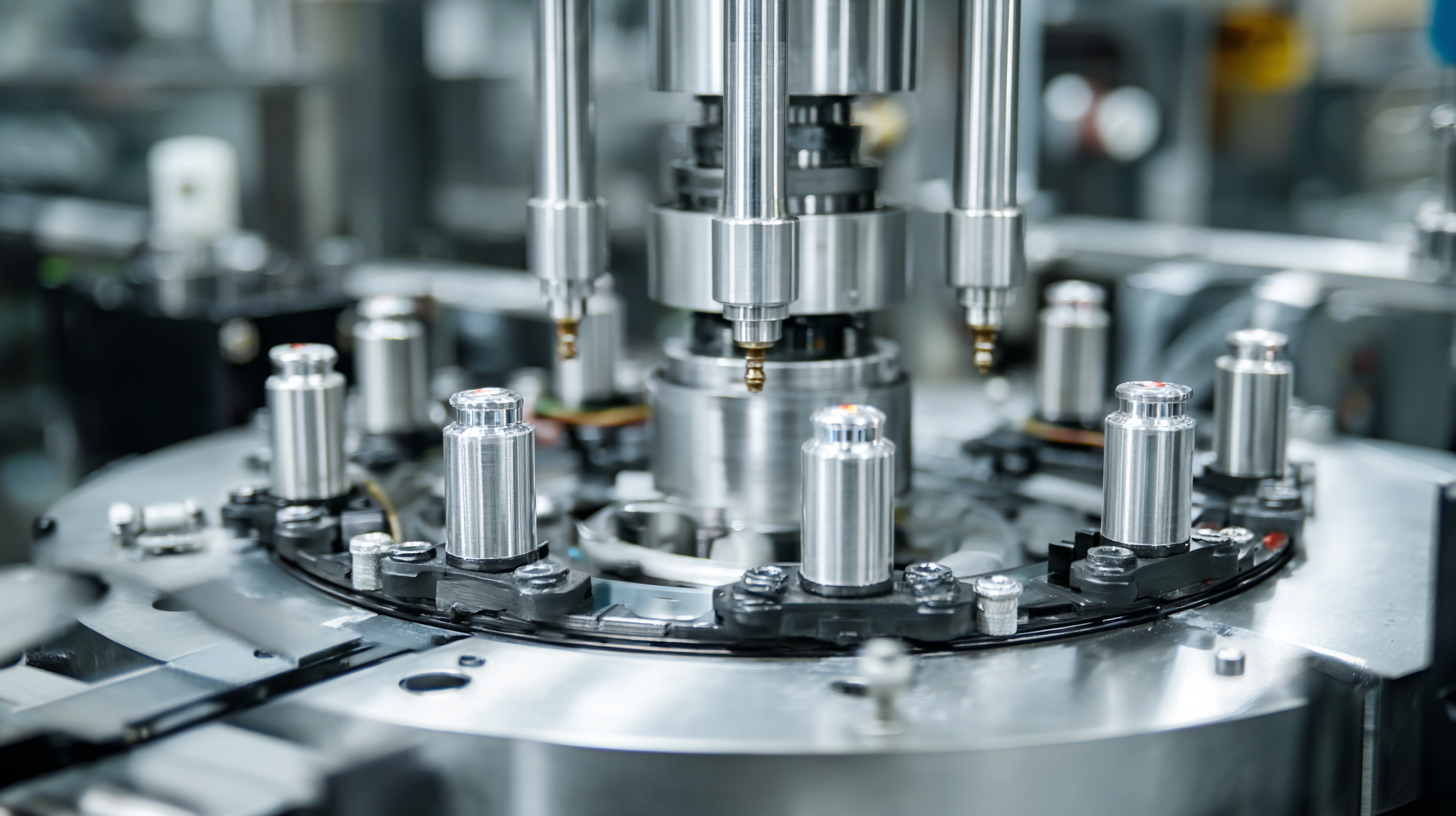
Understanding Different Types of Filling Machines for Packaging
When it comes to packaging, selecting the appropriate filling machine is crucial for ensuring efficiency and accuracy. There are several types of filling machines available, each designed to cater to specific product characteristics and packaging requirements. For instance, volumetric filling machines measure the volume of the product being dispensed, making them ideal for liquids, granules, and powders. These machines are often used in the food and beverage industry for products like sauces and dry spices.
Another common type is the gravity filler, which relies on the force of gravity to fill containers, making it suitable for non-viscous liquids. This type is frequently utilized in bottling operations for products like water and soft drinks. Conversely, for thicker products, such as creams or gels, a piston filling machine is recommended. This machine uses a piston to draw product from a reservoir and expel it into containers, offering precision and control over the fill quantity. Understanding these distinctions will help businesses make informed choices that align with their packaging needs and enhance overall production efficiency.
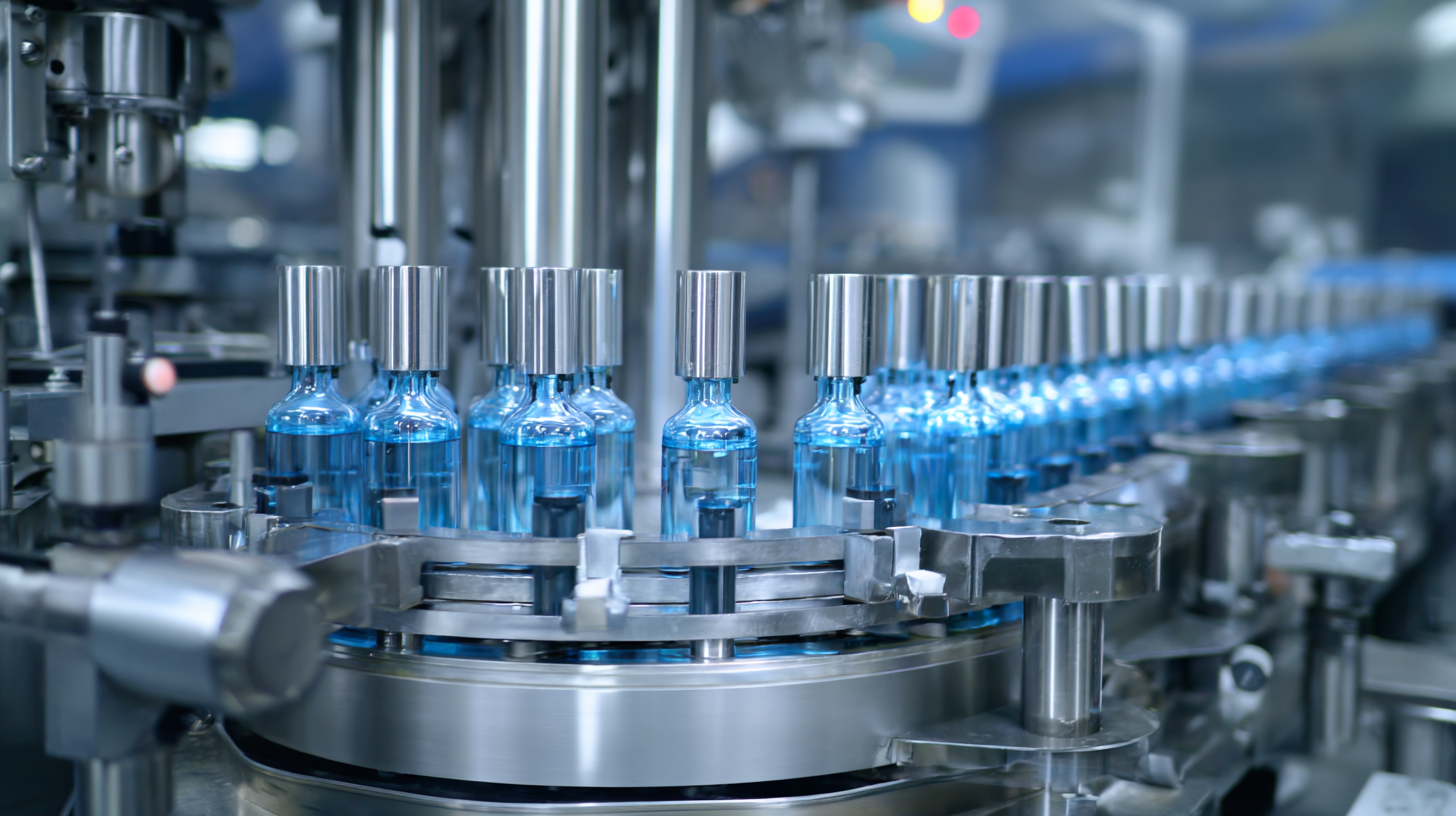
Key Factors to Consider When Selecting a Filling Machine
When selecting a filling machine, understanding the key factors that align with your packaging needs is crucial. One of the primary considerations is the type of product being packaged. For instance, liquid products, such as beverages and sauces, often require specific machinery capable of handling viscosity variations. According to a report from Grand View Research, the global liquid filling machine market is expected to reach $4.9 billion by 2025, highlighting the growing demand for machines that can efficiently manage diverse product characteristics.
Another critical factor is the machine's throughput capacity, which directly impacts production efficiency. Businesses must assess their production volume and select a filling machine that can accommodate these demands without compromising on speed or accuracy. A study by MarketsandMarkets projects that the demand for high-speed filling machines is likely to grow at a CAGR of 4.7% from 2020 to 2025, indicating a shift towards automation and efficiency in packaging processes. Additionally, ease of maintenance and operation plays a vital role in reducing downtime, thereby enhancing overall productivity in the packaging line.
How to Choose the Right Filling Machine for Your Packaging Needs - Key Factors to Consider When Selecting a Filling Machine
| Filling Machine Type | Best For | Speed (Containers/Hour) | Filling Volume Range | Cost Range | Key Considerations |
|---|---|---|---|---|---|
| Gravimetric Fillers | Powders & Granules | 300-600 | 50g - 5kg | $20,000 - $50,000 | Accuracy, material properties, batch size |
| Piston Fillers | Thick Liquids & Pastes | 150-300 | 1ml - 1L | $15,000 - $40,000 | Viscosity, cleanability, maintenance frequency |
| Overflow Fillers | Thin Liquids | 300-500 | 5ml - 5L | $25,000 - $60,000 | Precision, product compatibility, container size flexibility |
| Vacuum Fillers | Delicate Products | 100-200 | 10ml - 1L | $30,000 - $70,000 | Product sensitivity, air exposure, transfer efficiency |
| Net Weight Fillers | Bulk Products | 200-400 | 100g - 25kg | $10,000 - $30,000 | Precision, weight accuracy, integration with scales |
Assessing Your Product Characteristics for the Right Filling Solution
When selecting the right filling machine for your packaging needs, it is crucial to assess your product characteristics meticulously. According to the Worldwide Filling Machinery Market report, projected growth in the industry is expected to reach approximately $6.5 billion by 2027, underlining the necessity for businesses to invest in suitable technology that aligns with their specific product attributes. Factors such as viscosity, granule size, and pH level of your product can significantly influence the type of filling solution best suited for your operations. For instance, liquids with high viscosity require specialized volumetric or piston filling machines, while powders may need auger fillers or vacuum systems to ensure accurate and efficient filling.
Moreover, the packaging trends documented in the Packaging Machinery Industry report indicate a growing preference for sustainable and customizable packages. As a result, understanding your product's shelf life requirements and handling characteristics is paramount. For example, perishable items may necessitate aseptic filling solutions, while sensitive products could benefit from nitrogen flushing technology to prolong freshness.
By thoroughly analyzing these factors, businesses can not only enhance their operational efficiency but also meet consumer demands more effectively, adapting to an increasingly competitive market landscape.
Evaluating Production Capacity and Efficiency Requirements
When selecting a filling machine, understanding your production capacity and efficiency needs is critical. Begin by evaluating the volume of products you intend to fill throughout different time frames—daily, weekly, or monthly. This evaluation helps you to select a machine that can meet or exceed your production goals without compromising quality. For instance, if you anticipate a high demand, consider investing in a high-speed filling machine that can handle quick fill cycles, which will keep your operation running smoothly and efficiently.
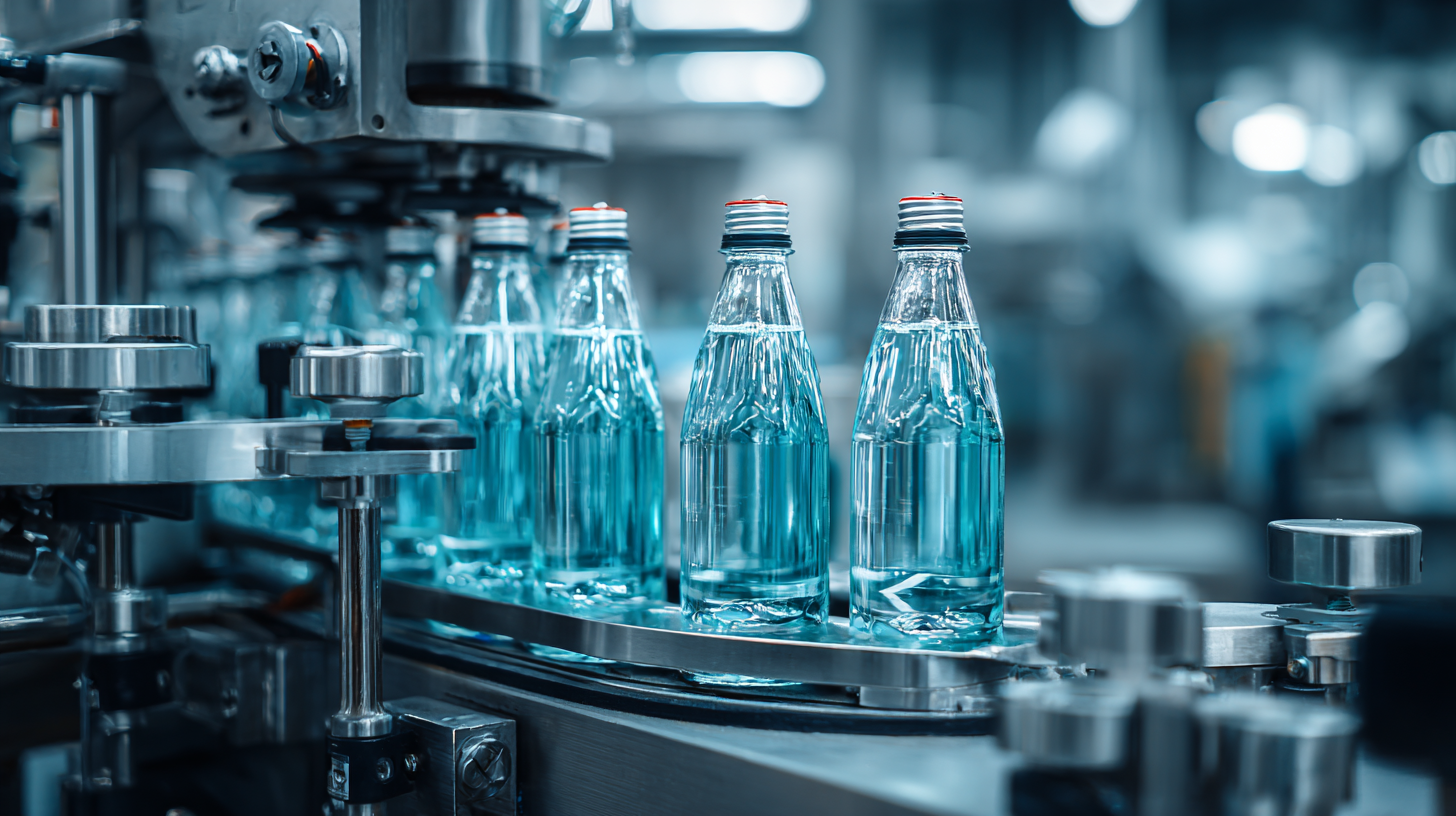
Additionally, assess the types of products you will be filling and their specific characteristics, such as viscosity and sensitivity. Different filling machines are designed for various product types, and choosing the right one can drastically affect your overall efficiency. Machines like volumetric fillers are ideal for liquids, while auger fillers work best for powders. Matching the filling machine to your product requirements ensures optimal performance, minimizing downtime and maximizing production output, ultimately leading to a more profitable packaging operation.
Budgeting for Your Filling Machine Purchase and Maintenance Costs
When purchasing a filling machine, budgeting for both the initial investment and ongoing maintenance is crucial. According to a recent industry report by MarketsandMarkets, the global filling machine market is projected to grow from USD 2.2 billion in 2023 to USD 3.0 billion by 2028, highlighting the increasing demand for efficient packaging solutions. Facility managers need to consider not only the purchase price but also the total cost of ownership, which includes spare parts, labor, and potential downtime.
Tips: Prioritize machines that come with robust warranties and maintenance support. This will not only help manage repair costs but also ensure that your equipment remains operational for longer periods, ultimately saving you money.
Additionally, consider your production scale and specific needs, as smaller operations may benefit from semi-automatic machines that are less expensive and easier to maintain. For larger operations, investing in fully automatic systems could result in lower overall costs due to higher efficiency and reduced labor needs. By carefully assessing these factors, businesses can make informed decisions that align with their budget and production goals.
Related Posts
-
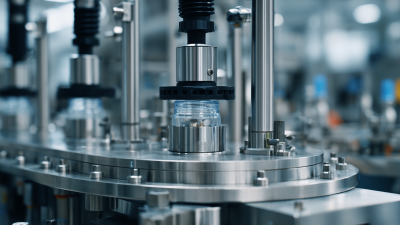
Exploring Top Alternatives to the Best Filling Machine for Efficient Production
-
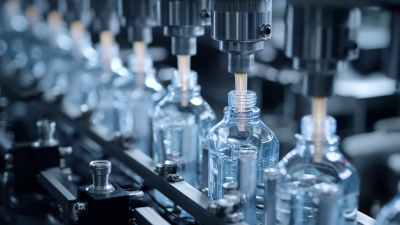
7 Reasons Why the Best Liquid Filling Machine Can Transform Your Production Efficiency
-
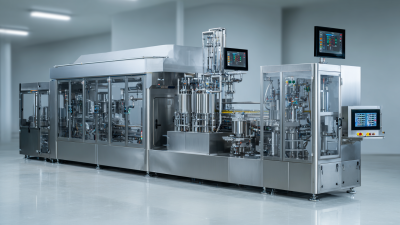
5 Reasons Why the Best Liquid Pouch Filling Machine Revolutionizes Packaging Efficiency
-
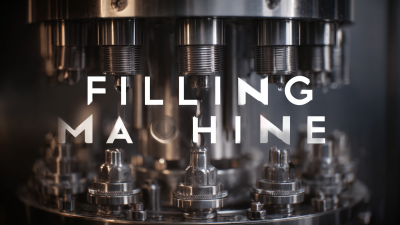
The Comprehensive Handbook to Choosing the Best Filling Machine for Your Business Needs
-
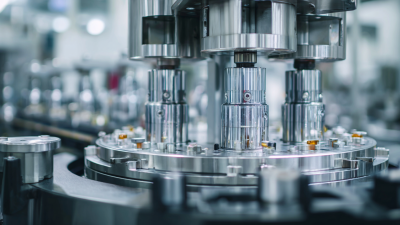
Ultimate Guide to Choosing the Best Filling Machine for Your Business Needs
-
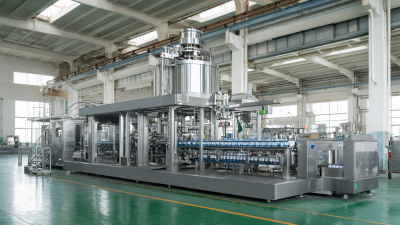
From China's Leading Factories: The Best Liquid Filling Machines Trusted by Global Buyers
